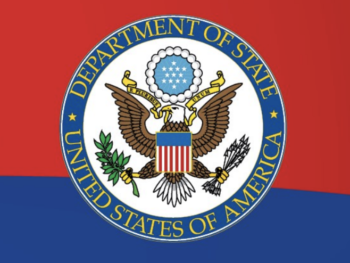Nurturing STEM Dreams: Immigrant Pathways to the United States
The United States has long been a land of opportunities, especially for those with exceptional talents in the fields of Science, Technology, Engineering, and Mathematics (STEM). For aspiring STEM professionals from around the world, the U.S. offers a path to permanent residence and, eventually, U.S. citizenship through various immigrant pathways.
The Road to Lawful Permanent Residence
Obtaining lawful permanent residence, often referred to as acquiring a Green Card, is a significant milestone for anyone looking to establish a long-term career in the United States. It opens doors to a wide range of opportunities and can serve as a stepping stone to becoming a U.S. citizen. The process for obtaining lawful permanent residence varies depending on the employment-based immigrant visa category pursued, but it generally involves two or three essential steps.
Step 1: Labor Certification (ETA Form 9089)
For most applicants, typically sponsored by employers and filing under the EB-2 and EB-3 immigrant visa categories, the journey begins with filing an Application for Permanent Employment Certification, commonly known as a labor certification, with the Department of Labor (DOL). The primary goals of this application are:
- To demonstrate that the labor market in the geographical area of the permanent job offer has been thoroughly tested, confirming that there are no qualified U.S. workers available and willing to accept the offered position.
- To establish that hiring the beneficiary (the prospective immigrant worker) will not negatively impact the wages and working conditions of similarly employed U.S. workers.
The approval of this labor certification application is pivotal, as it forms the foundation for the subsequent stages of the immigration process.
Step 2: Immigrant Visa Petition and Adjustment Application
Once the labor certification application is approved by the DOL, the petitioner submits the certified labor certification along with an immigrant visa petition to U.S. Citizenship and Immigration Services (USCIS). Depending on the applicant’s location and immigration status, there are two potential paths:
- If the applicant is in the United States, they can file an adjustment application with USCIS.
- If the applicant is outside the United States or not pursuing an adjustment of status, they can file an immigrant visa application with the Department of State (DOS).
Priority Dates and Visa Availability
Upon approval of the immigrant visa petition, the applicant is assigned a priority date. This priority date is a critical component in determining the order in which immigrant visas become available. Applicants can proceed with filing an adjustment application or requesting a visa through a consulate once an immigrant visa becomes immediately available.
The availability of an immigrant visa depends on various factors, including the employment-based classification being sought and the applicant’s country of chargeability, typically their country of birth. In general, EB-1 immigrant visas tend to be immediately available to all qualifying applicants, regardless of their country of origin. However, for EB-2 and EB-3 immigrant visas, there may be waiting periods, especially for nationals of China and India.
USCIS Resources: Visa Availability and Priority Dates
Navigating the complexities of visa availability and priority dates is crucial for immigrants on their path to lawful permanent residence. The USCIS provides valuable resources, such as the Visa Availability and Priority Dates webpage, to help applicants understand the process better. This resource outlines the DOS Visa Bulletin process, explains how immigrant visas are allocated, and provides insights into consular processing.
For STEM professionals, these immigrant pathways present exciting opportunities to contribute their talents to the United States while building fulfilling careers. Understanding the intricacies of the immigration process and staying informed about visa availability and priority dates are essential steps on this remarkable journey towards achieving their American dream in the world of STEM.




 Nurturing STEM Dreams: Immigrant Pathways to the United States
Nurturing STEM Dreams: Immigrant Pathways to the United States
Leave a Reply